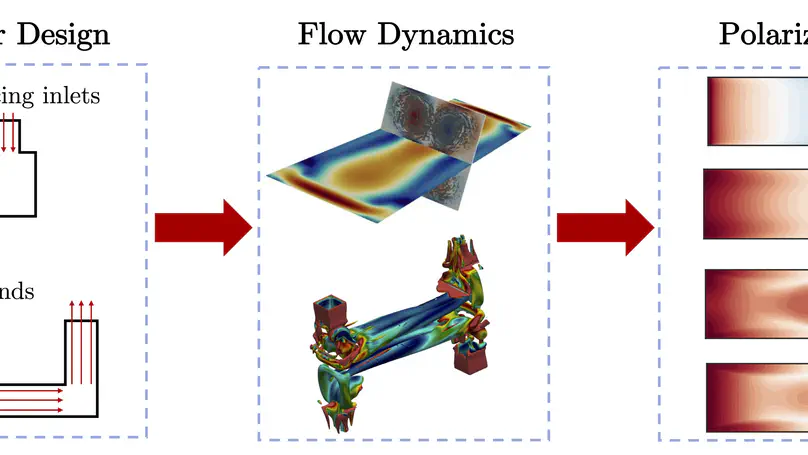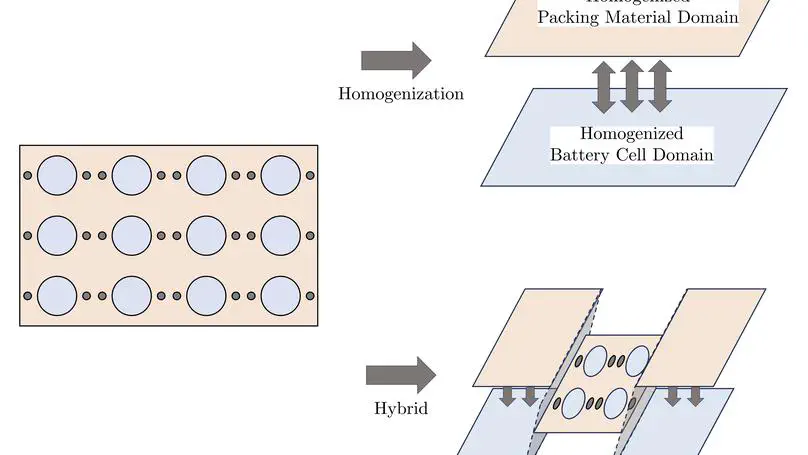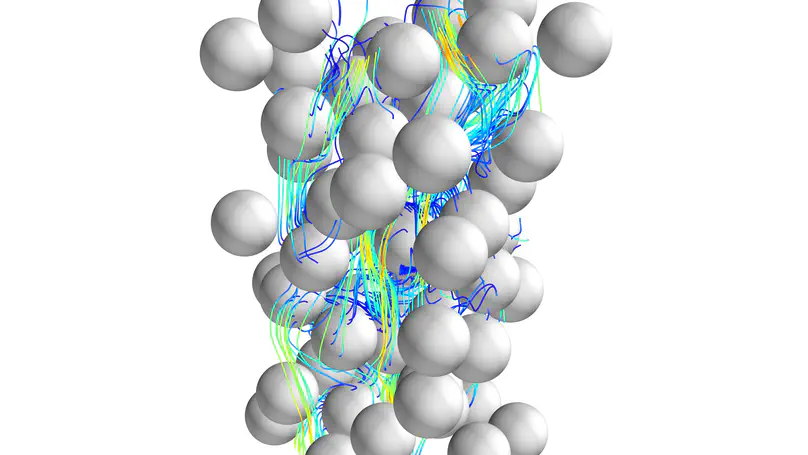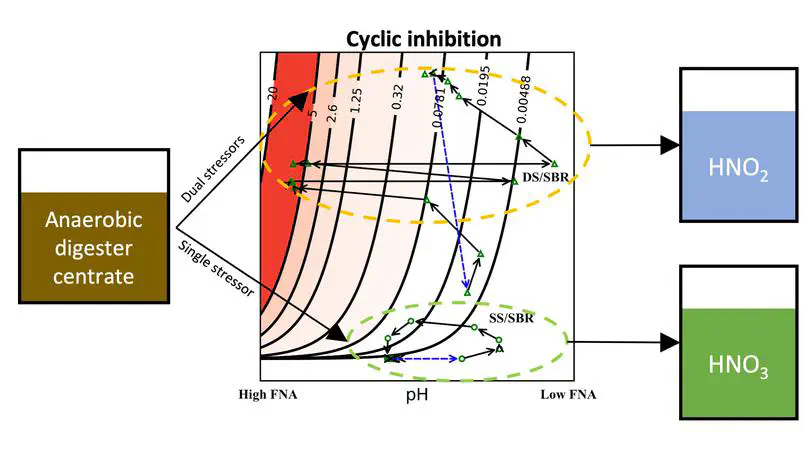Past Projects

Membrane-based desalination processes, such as reverse osmosis and membrane distillation, have become widely used for water recovery in recent years. However, these processes face challenges such as membrane fouling due to polarization caused by concentration and temperature gradients. In this project, we aimed to address this challenge by using high-fidelity simulations to gain a comprehensive understanding of mass and heat transport in membrane-based desalination systems.

Battery packs undergoing thermal runaway pose a serious safety hazard, and accurate modeling of these systems is crucial for system design and safety. However, the multiscale nature of these systems presents a significant challenge, as accurately resolving spatial and temporal scales spanning multiple orders of magnitude is computationally intensive and pushes the limits of theoretical models.

The Staged Anaerobic Fluidized-bed Membrane Bioreactor (SAF-MBR) is a promising technology for reducing the energy intensity of domestic wastewater treatment by using anaerobic microorganisms to convert organics into methane in the absence of aeration. However, the hydrodynamic processes related to flow-particle and particle-particle interactions induced by the moving particles in the SAF-MBR are poorly understood, which hinders its design and operational practices.

The release of nitrogen from wastewater into natural water bodies can lead to eutrophication and the formation of oxygen-depleted zones, which can have significant impacts on aquatic ecosystems. Conventional nitrogen removal processes typically require a large amount of energy for aeration, reducing power, and disposal of waste biosolids.